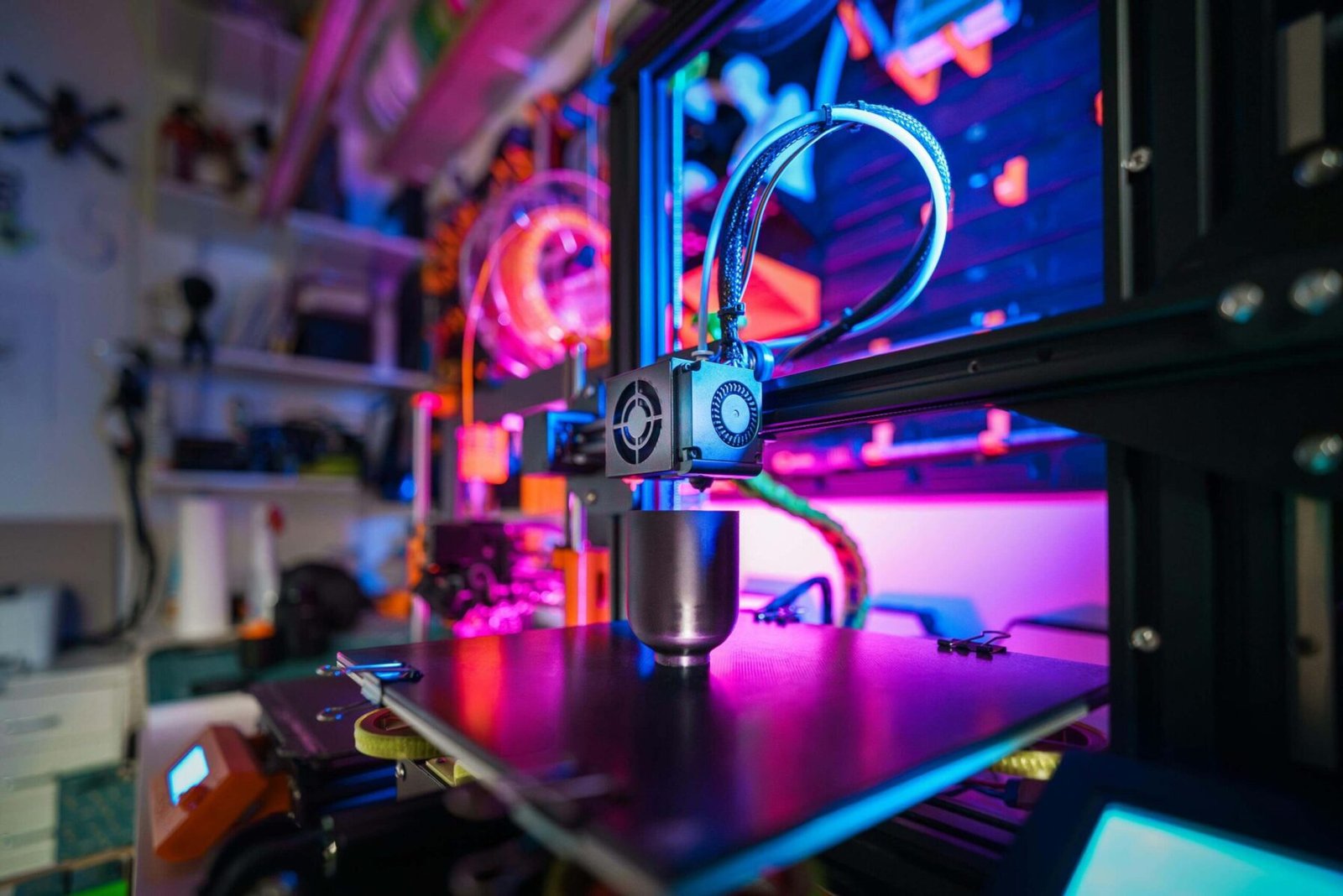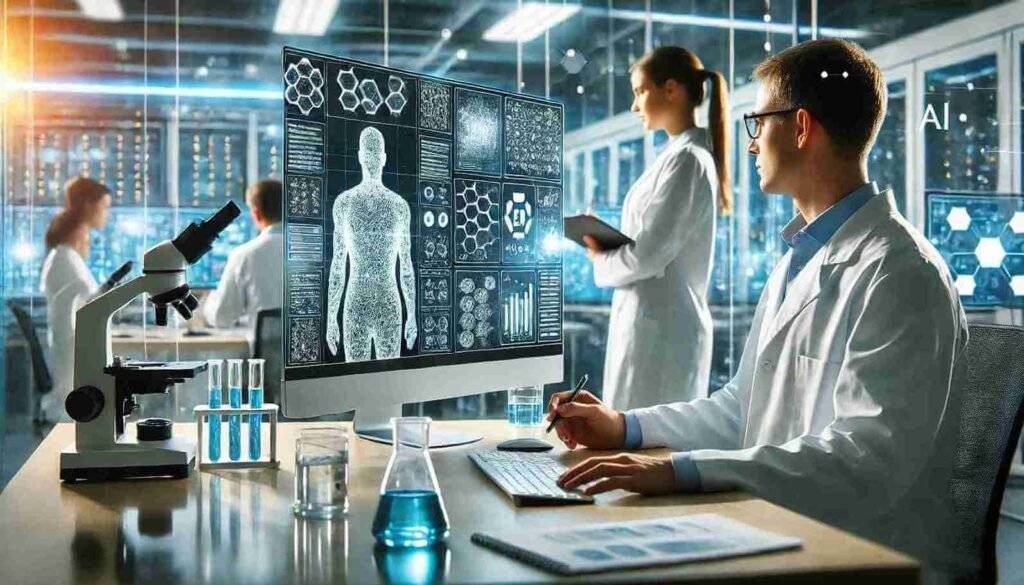
Microplastic Pollution Solutions: Revolutionizing Clean Ocean
Learn about innovative ways to reduce microplastic pollution, such as robotic tools and technologies for cleaning up the ocean. Explore sustainable methods protecting marine life and ensuring cleaner waters!”
Microplastic Pollution Solutions: Revolutionizing Clean Ocean
One of the most urgent environmental issues of our day is microplastic pollution. These tiny plastic particles, often invisible to the naked eye, have infiltrated marine ecosystems, posing severe threats to aquatic life and human health. But amidst the growing crisis, innovative solutions are emerging to tackle this problem head-on. From advanced robotic devices to sustainable practices, let’s explore the groundbreaking efforts to combat microplastic pollution and restore our oceans.
Understanding the Threat: What Are Microplastics?
Tiny plastic particles smaller than five millimeters are known as microplastics. They originate from various sources, including the breakdown of larger plastic items, synthetic fibers, and microbeads in personal care products. These pollutants are not only pervasive but also persistent, accumulating in oceans, rivers, and even drinking water.
The Impact on Marine Ecosystems
Microplastics are ingested by marine life, disrupting food chains and threatening biodiversity. Fish, seabirds, and even microscopic organisms suffer from the ingestion of plastics, leading to toxicity and death. The pollution also impacts human health, as microplastics make their way into the seafood we consume.


A Growing Global Concern
Recent studies have shown microplastics in even the most remote parts of the ocean, from the Arctic ice caps to the depths of the Mariana Trench. This pervasiveness highlights the urgent need for innovative solutions to combat this pollution on a global scale.
Game-Changing Solutions to Microplastic Pollution

Ocean Cleanup Technologies
Large-scale cleanup projects are stepping up to address the issue. For example, The Ocean Cleanup initiative has developed systems that remove floating plastic debris, including microplastics, from ocean gyres. These systems utilize booms and nets to capture pollution while allowing marine organisms to pass safely.
Innovative Designs: Compact, mobile cleanup units are being deployed in rivers to prevent plastic waste from reaching the ocean. These devices intercept pollution before it enters the marine ecosystem, providing a proactive solution to the problem.

Robotic Devices: The Future of Ocean Cleanup
One of the most promising innovations in microplastic cleanup is the use of robotic devices. These autonomous machines are designed to scan and collect microplastics from the ocean efficiently. Equipped with AI-driven technology and filtration systems, they can identify, extract, and store microplastics without harming marine life.
Example: Projects like the Seabin and Clearbot are pioneering the use of robotics to clean harbors and coastal waters, targeting plastic waste of all sizes. These devices are scalable, making them a viable solution for tackling microplastic hotspots

Sustainable Ocean Practices
Beyond cleanup, prevention is a critical component of the solution. Governments and organizations worldwide are advocating for policies to reduce plastic usage and encourage recycling. Innovations like biodegradable packaging and reusable alternatives are gaining traction to curb the entry of new plastics into ecosystems.
Community Initiatives: Coastal cleanups and awareness campaigns empower individuals to play a direct role in reducing pollution. Education about the dangers of microplastics also helps foster long-term behavioral change.
Challenges in Tackling Microplastic Pollution
While the technologies and solutions are promising, challenges persist:
Scale of the Problem: The sheer volume of microplastics in the oceans requires massive resources and collaboration. Addressing this scale demands innovative funding mechanisms and international cooperation.
Cost of Innovation: Developing and deploying advanced cleanup technologies can be expensive, limiting their widespread adoption. However, public-private partnerships are emerging as a way to overcome this hurdle.
Global Policy Alignment: Differences in regulations and enforcement across countries hinder coordinated efforts. Establishing international standards for plastic use and disposal could help mitigate this issue.
Atlantic Ocean
The Atlantic Ocean occupies almost 20% of the planet’s surface, making it the second largest ocean in the world. It stretches between the Americas to the west and Europe and Africa to the east, connecting the Arctic Ocean in the north to the Southern Ocean in the south. The ocean plays a crucial role in global climate regulation, as its currents, like the Gulf Stream, influence weather patterns worldwide. Rich in biodiversity, it supports a wide range of marine life and ecosystems. Historically, it has been a major route for exploration, trade, and cultural exchange. The Atlantic is also a significant source of natural resources, including fish, oil, and natural gas.
A Vision for Cleaner Oceans
Colonizing Mars isn’t without its hurdles. Addressing these challenges is essential for the success of any mission:
1. Integrated Solutions
Combating microplastic contamination necessitates a multifaceted strategy. Combining technological innovations like robotics with preventive measures such as reducing single-use plastics offers a comprehensive solution.
2. Collaborative Efforts
Collaboration between governments, private sectors, and non-profits is essential. Partnerships can ensure funding for projects, enforce stricter regulations, and educate the public about the importance of sustainable living.
3. Protecting Marine Life
Addressing microplastic pollution directly benefits marine ecosystems. Healthier oceans mean thriving biodiversity, balanced food chains, and cleaner resources for humanity. By restoring marine habitats, we also contribute to mitigating climate change.
Inspiring the Next Generation
The battle against microplastic pollution is also an opportunity to inspire the next generation. Schools and educational programs are incorporating lessons on ocean conservation and sustainability. Media, documentaries, and social platforms are amplifying the importance of individual and collective action.
Innovative technologies like robotic ocean cleaners often captivate young minds, encouraging them to pursue careers in environmental science and engineering. The more we invest in education, the stronger our future efforts to combat pollution will be.
Conclusion: Building a Legacy of Cleaner Oceans
Microplastic pollution may be a daunting challenge, but innovative solutions are paving the way for a cleaner future. Robotic devices, ocean cleanup technologies, and sustainable practices are revolutionizing how we approach this crisis.
The fight for our oceans is not just an environmental necessity but a moral responsibility. By supporting these efforts and making sustainable choices, we can leave a legacy of clean, thriving waters for generations to come.
External Link:
Call to Action:
Want to stay updated on the latest space innovations? Bookmark this page and join with us for exclusive insights into the world of private space exploration! Mail us this email.













Pingback: History of Ancient Egypt: Gods, Hieroglyphs, and Civilizations - brainbrowsers.com